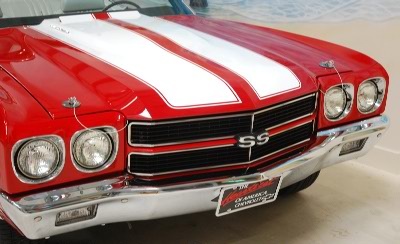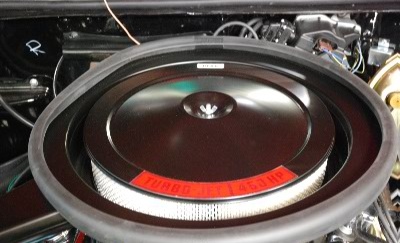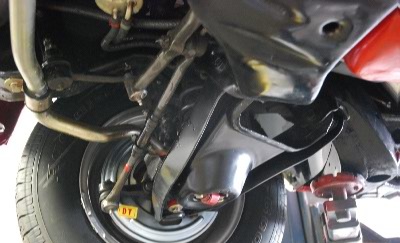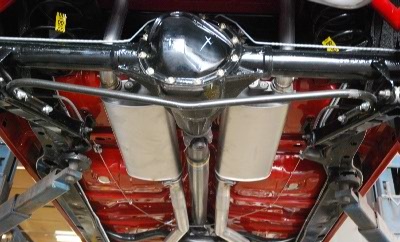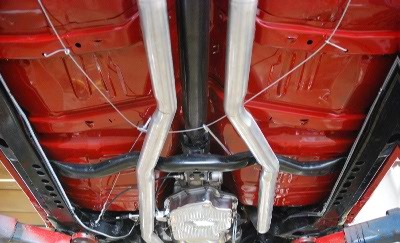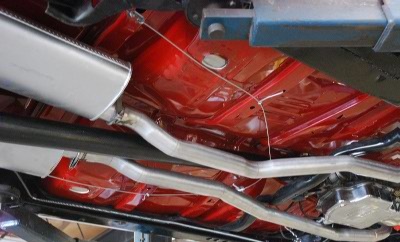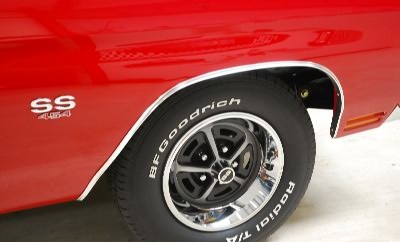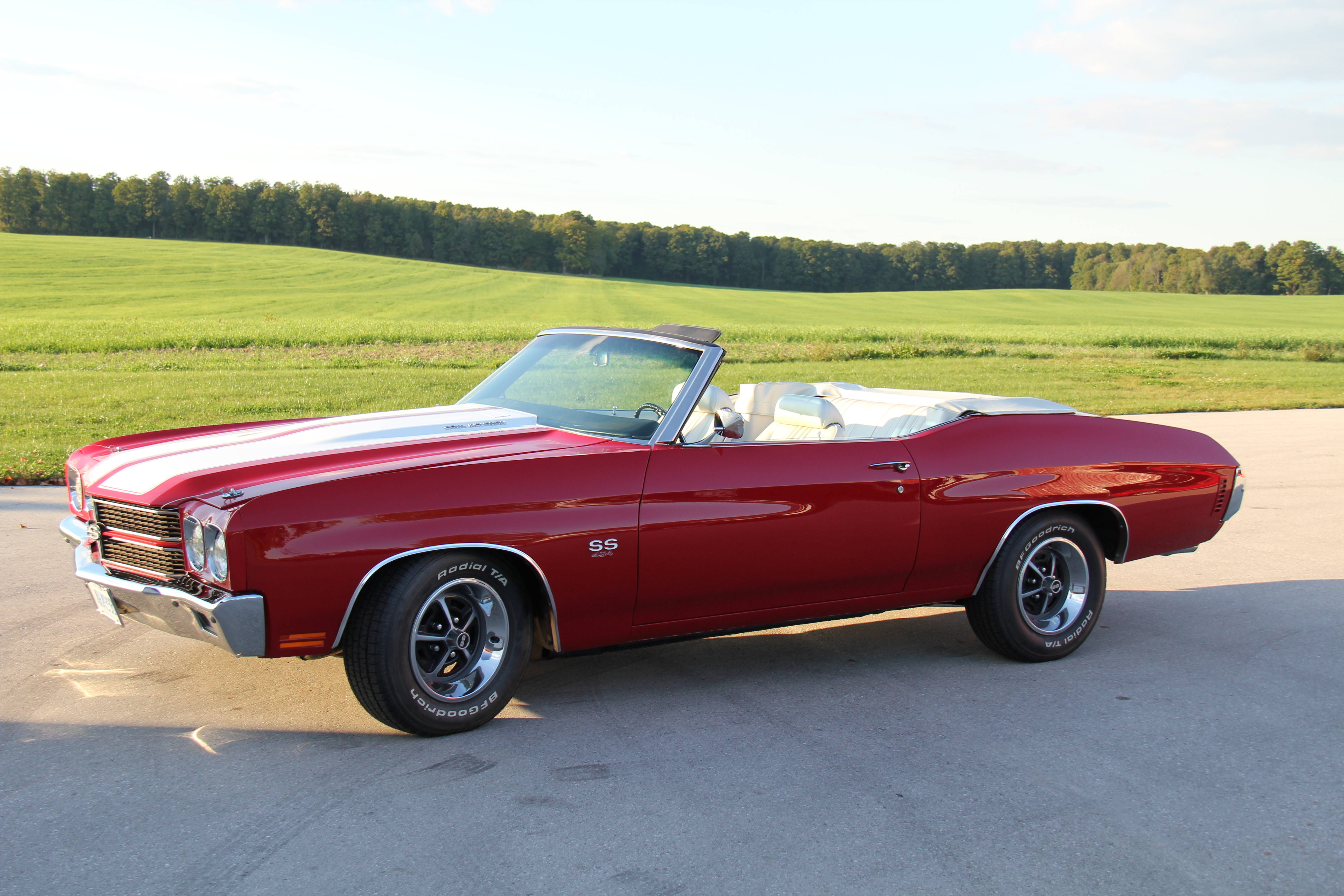1970 CHEVELLE LS6 CLONE NO 68
Engine: 450 CU – 450 HP LS6 400 Turbo Hydramatic Transmission
Cowl induction F-41 suspension
Wheel Base: 112 in (2845 mm) Weight: 2845 lbs (1597 kg)
Power Steering Power Disc Brakes
Power top 12 Bolt Rear End
This Chevelle underwent a full body-off frame professional restoration to duplicate the lazar straight image of a factory delivered LS6 convertible. It has the correct 512 Block, Turbo 400 Transmission, F-41 Suspension, and 12 Bolt Rear End.
Having this much horsepower in this light a car makes this Chevelle LS6 a real screamer on the highway.
Of the 4,475 LS6 Chevelles originally produced, only 137 are currently registered on the National Chevelle LS6 Registry.
The Ultimate Muscle Car – The 1970 LS6 Chevelle
America’s King Of The Streets
Posted by Paul Zazarine on Friday, November 14, 2014
1070’s, Articles, Car Collector Magazine, Chevelle
“The past is gone. The future may never see a car like this. It is one of the brutes, and all it needs is a way of staying in contact with terra firma”
-Hot Rod Magazine, May 1970-
“In the hierarchy of the street, circa 1970, there were the Big Dogs and then there was everyone else. Having 400 cubic inches under the hood didn’t cut it anymore at the Stoplight Grand Prix. The name of the game was horsepower and the more grunt the better, and more grunt meant more cubic inches and more horsepower. The old standard “there’s no replacement for displacement” was never truer in 1970, and sitting atop the muscle car food chain was Chevrolet’s SS Chevelle. Not just the garden variety, 360 horsepower SS454, but the King Kong of the Bow Tie brigade, designated RPO Z15. Checking off this option delivered a 450 horsepower, 454 cubic inch solid lifter behemoth that cranked out 500 lbs.-ft. of torque and bludgeoned any challengers for its title as King of the Streets.
“Chevrolet was caught flat-footed when the muscle car market took off in 1964. The Pontiac had set the standard by dropping in a 389 cubic inch Bonneville engine in the intermediate sized LeMans, however, the largest engine Chevrolet offered for their new Malibu was 327 cubic inches. The big block Chevelle first appeared in 1965 as the “Z16,” a 396 cubic inch, 375-horsepower model that was limited to just 201 produced. In 1966, the SS396 became an option on the Chevelle to challenge the GTO, selling 72,272 units to Pontiac’s 96,946. The SS396 would continue through 1969 with the 396 engine as the only power plant, offered with one of three horsepower packages—standard 325 or optional 350 or 375 horsepower.
“For its 1970 models, GM lifted the 400 cubic inch ceiling on intermediates, and the four divisions producing muscle cars immediately dropped in their largest engines. Buick, Oldsmobile and Pontiac picked their 455 engines off the shelf, while Chevrolet chose to punch out the venerable 427 to 454 cubic inches and offered the hydraulic lifter LS5 rated at 360 horsepower and the solid lifter LS6. The LS6 used the same block as the LS5, however a 800-cfm Holley four barrel bolted to an aluminum manifold replaced the Rochester Quadra Jet. The LS6 featured a beefy bottom end with four-bolt mains, forged steel crankshaft and connecting rods with forged aluminum, 11.25:1 compression pistons. Because of the LS6’s high (6500) redline, deep groove accessory drive pulleys were necessary. . .
“The exterior of the SS 454 Chevelle featured sculptured lines above the wheel openings that pulled the car’s look downward. The blacked out grille was split horizontally and dominated by a large SS emblem in the center. Chevrolet offered wide “Stereo Stripes” that ran the length of the hood and deck lid and included Cowl Induction, which featured a vacuum-operated door at the rear of the SS hood. It fed air from the high-pressure area at the base of the windshield to the big Holley carb.”



